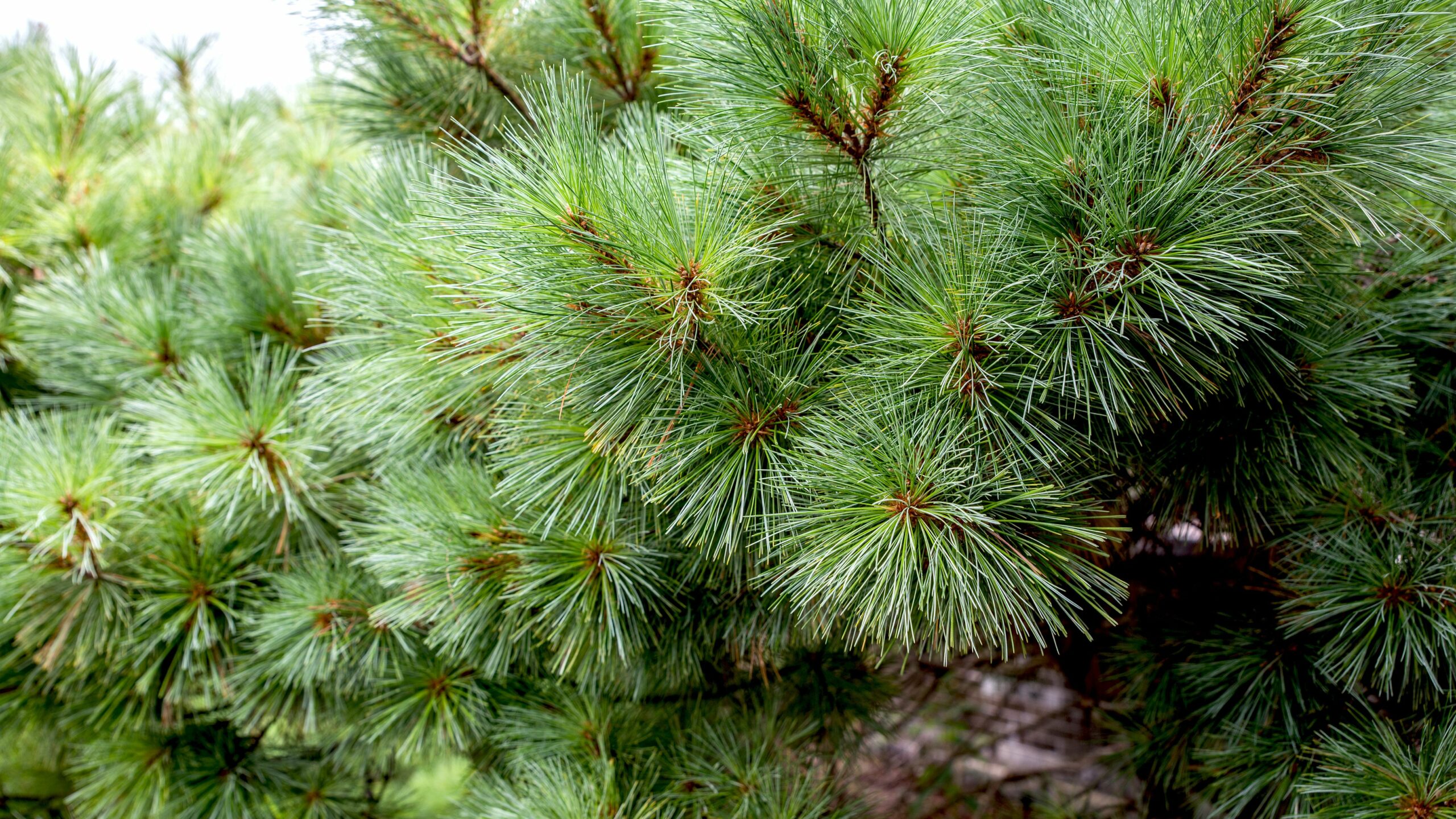Picking right tree for your windbreak will protect home from wind, blowing snow

MACOMB, Ill. — Picking a tree for a windbreak is a big decision. A windbreak protects a home from the constant Illinois wind and blowing snow. With this important job, you want the trees that make up your windbreak to be strong and healthy for as long as possible.
To help in making that decision here are popular trees used in windbreaks. Not all are
considered ideal species up for the task of protecting your home from the elements.
- Eastern White pine (Pinus strobus). Perhaps the most popular of all windbreak species. Unfortunately, white pine is not long-lived in central Illinois with a tendency for broken limbs and snapped trunks. Because of these problems, white pine is not recommended for windbreaks. In Illinois, white pine will start with quick growth and within 10 years can become a sizeable tree. It is usually past the 10-20 year mark when we begin to see white pine decline in central Illinois. For long-term survival in Illinois, eastern white pine needs protection from the wind, which makes it a poor choice for a windbreak. The lower branches also tend to die back from the bottom up. White pine may still have a place in a windbreak, but certainly, avoid creating pure stands of white pine.
- Colorado blue spruce (Picea pungens). People love Colorado blue spruce for its blue needle colors and its dense foliage making it an effective and striking windbreak tree. That’s about where the good news ends for blue spruce in Illinois. True to its name, Colorado blue spruce is not native to this part of North America and is not well-adapted to our climate. This species may grow well for nearly a decade, but once stress like a drought hits, it takes a big toll on blue spruce. It is very common for Colorado blue spruce to become infected with fungal needle blights. The progression of these diseases kills the branches of this tree from the bottom up. Colorado blue spruce is not recommended for planting in Illinois.
- Eastern Red Cedar (Juniperus virginiana) One of our few Illinois native evergreens, eastern red cedar is one of our toughest species and in some situations can be considered a weedy tree. It does have a susceptibility to bagworms and is an alternative host for cedar apple/hawthorn/quince rust. So, if you are an apple grower, eastern red cedar is not one you want to grow anywhere near your orchard. This is a good option for an Illinois windbreak.
- Eastern arborvitae (Thuja occidentalis). More common as a hedge species in the home landscape, I have seen a few windbreaks incorporate arborvitae in their mix of trees. Once established, this is a pretty tough tree and will function well as a windbreak. First, this tree must survive hungry deer which will nibble the branches back to the trunk. Also due to its branch and leaf structure, ice and heavy snow can disfigure or break branches.
Other windbreak trees to consider planting are White spruce (Picea glauca), Norway spruce (Picea abies), White fir (Abies concolor) and Serbian spruce (Picea omorika).
Other windbreak trees not recommended for planting are Douglas fir (Pseudotsuga menziesii), Scots pine (Pinus sylvestris) and Austrian pine (Pinus nigra).
No tree is perfect or bulletproof when it comes to windbreaks. All those mentioned in this article will lose lower limbs if planted too close together.
Miss Clipping Out Stories to Save for Later?
Click the Purchase Story button below to order a print of this story. We will print it for you on matte photo paper to keep forever.

